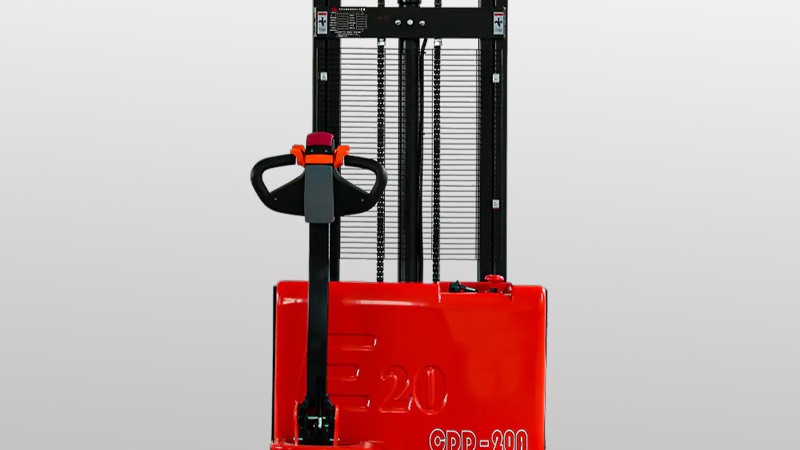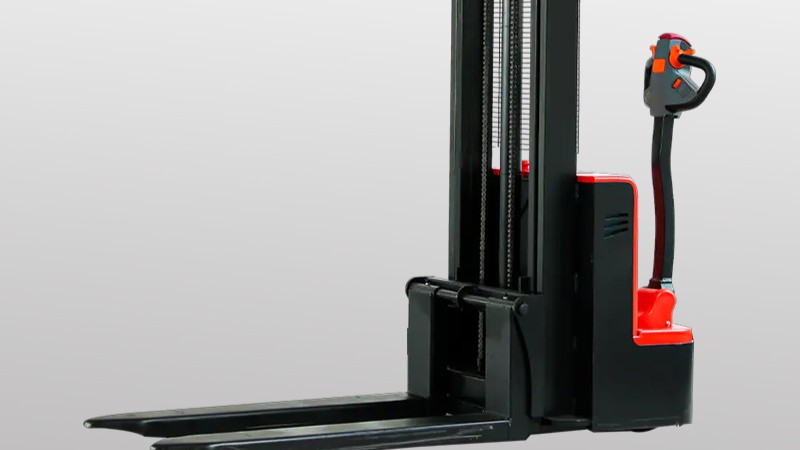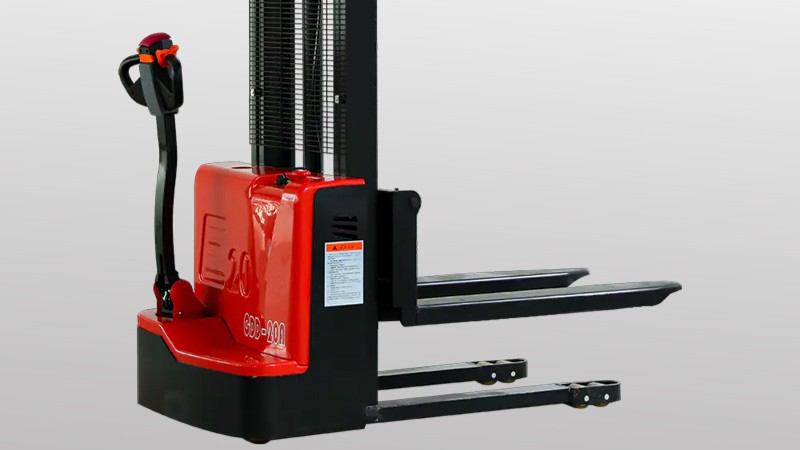The fundamental purpose of a pallet stacker in a warehouse is to maximize vertical storage space, transforming the operational footprint of the facility. In an environment where every square meter of floor space carries a significant cost, the ability to securely and efficiently build upward is paramount. Pallet stackers directly address the challenge of limited real estate by enabling high-density storage configurations. Without this capability, warehouses would be forced to sprawl outward, leading to exorbitant expansion costs or severely constrained inventory capacity. By lifting and positioning heavy palletized loads onto elevated racking systems or safely stacking them atop one another on the floor, these machines turn unused cubic air space into valuable, organized inventory zones. This vertical integration is not merely a matter of convenience but a core principle of modern warehouse design, directly impacting the bottom line by increasing storage capacity without the need for physical expansion, thereby ensuring that the warehouse operates at its maximum potential efficiency and cost-effectiveness.
Beyond the critical function of space optimization, the pallet stacker serves an equally vital role in enhancing workplace safety and reducing the physical strain on personnel. Manual handling of heavy pallets is a leading cause of workplace injuries in logistics, including musculoskeletal disorders, strains, and accidents involving falling loads. The pallet stacker acts as a powerful ergonomic solution, performing the heavy lifting that would otherwise jeopardize employee well-being. Operators can manage substantial weights with minimal physical exertion, using the machine's hydraulic or electric lifting mechanisms to precisely control the ascent and descent of loads. This controlled movement drastically reduces the risk of drops, imbalances, and collateral damage to both goods and infrastructure. Furthermore, the enhanced stability provided by a stacker, compared to manual efforts, ensures that pallets are positioned securely, preventing the dangerous collapse of stacked materials and creating a more predictable, secure, and health-conscious working environment for all warehouse staff.
The deployment of pallet stackers is a direct catalyst for a significant boost in overall warehouse productivity and workflow efficiency. These machines dramatically accelerate the fundamental cycles of material handling—specifically the loading, unloading, and internal relocation of goods. Tasks that would require multiple workers and considerable time if performed manually are accomplished swiftly and by a single operator. This acceleration creates a smoother, more continuous flow of materials from receiving docks to storage locations, and subsequently to picking areas and dispatch zones, effectively minimizing bottlenecks. The speed and ease of movement afforded by pallet stackers mean that inventory can be rotated more quickly, adhering to FIFO (First-In, First-Out) or LIFO (Last-In, First-Out) principles with greater accuracy. The cumulative effect is a faster order fulfillment process, reduced operational downtime, and an enhanced ability to respond to fluctuating demands, which ultimately strengthens the entire supply chain's agility and reliability, providing a distinct competitive advantage in a fast-paced market.
Finally, the purpose of a pallet stacker extends to providing remarkable operational versatility and accessibility, making advanced material handling feasible for a wide range of businesses. Unlike larger, more permanent automated systems, pallet stackers—particularly the manual, semi-electric, and fully electric walk-behind models—offer a low-cost entry point into mechanized storage solutions. This makes them an ideal choice for small to medium-sized enterprises, warehouses with narrower aisles, or facilities with fluctuating seasonal demands. Their simple operation requires minimal training, allowing a diverse workforce to become proficient quickly. The versatility of these machines allows them to be used across various applications, from moving raw materials in a manufacturing plant to handling finished goods in a distribution center, and from order picking operations to restocking shelves. This adaptability ensures that the pallet stacker is not a niche tool but a universal asset, capable of integrating into diverse operational workflows and scaling its benefits to meet the specific and evolving needs of virtually any warehouse environment.
Post time:Oct.08.2025



